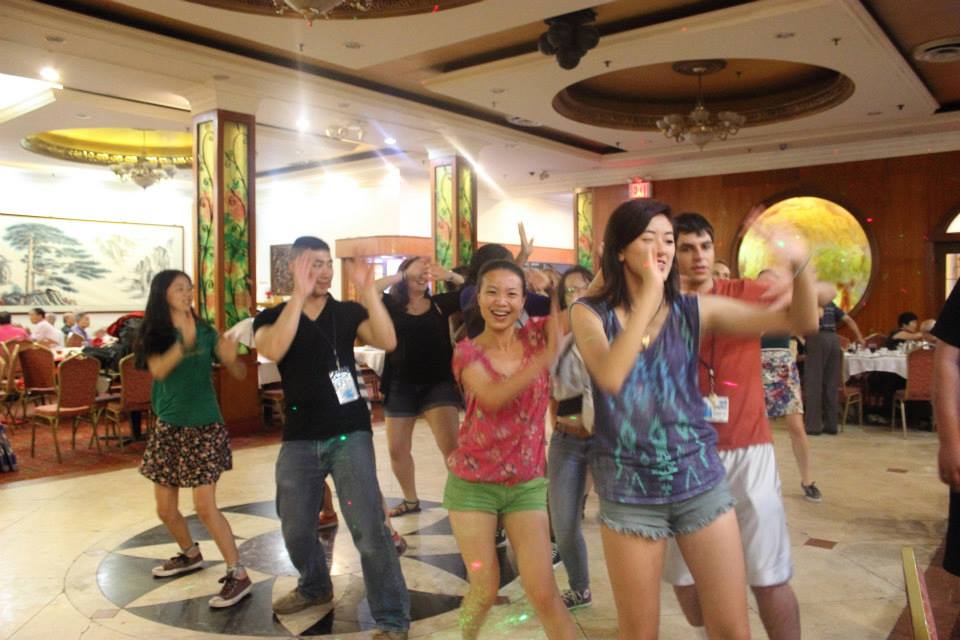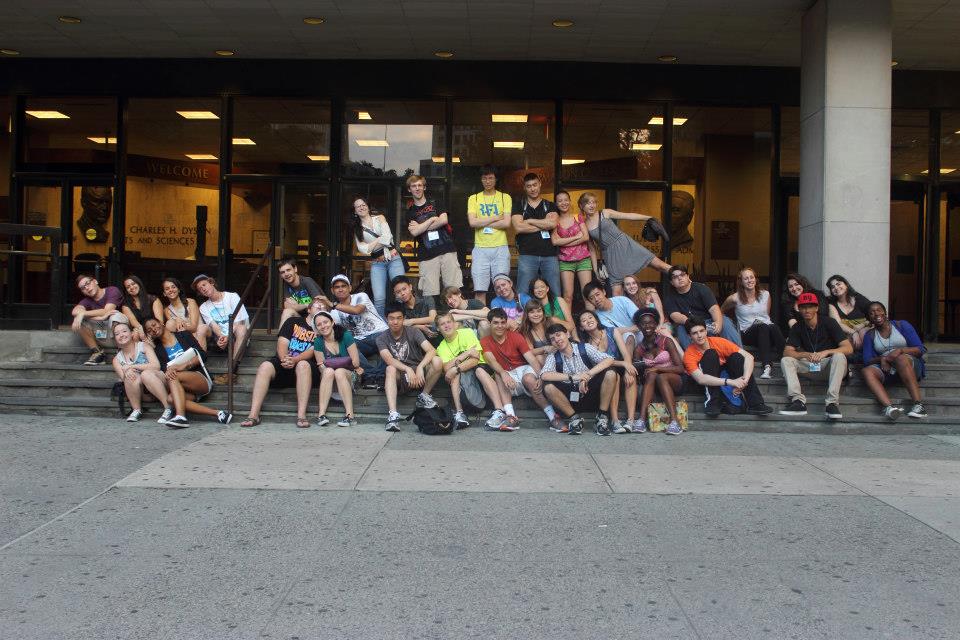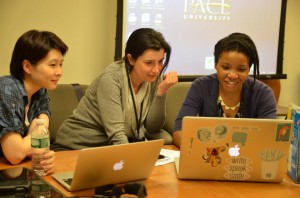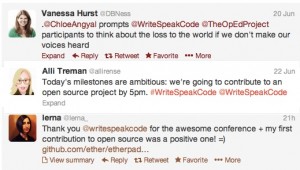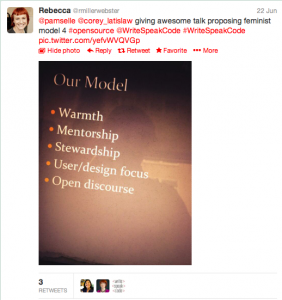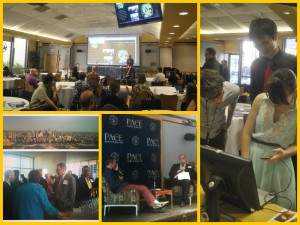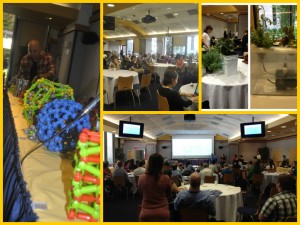…that time is now. The youngsters are catching up to the Zuckerbergs and Gates’ of their elder generations and they will leave stragglers in their dust. This week, Seidenberg hosted a camp for high-acheiving students who are interested in programming. The goal of the program was to assist these high schoolers in creating their own computing projects from scratch and giving them a chance to work as a team to present their completed project, in this case a mobile app, to a panel of experts and professors in hopes to prepare them for a time when they will professionally create apps on their own. The genre of this year’s mobile apps was our favorite subject, STEM. Each group (4-5 students and 2 mentors) was required to program an app that would aid other individuals of whatever age group they chose to learn about STEM related topics. These included games, questionnaires, flash-card based apps, and new ways to allow people to actively participate in learning about STEM.
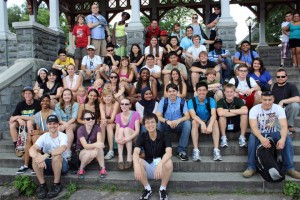
The Summer Scholars were kept busy in hackathon sessions, led by our friends Andrew Clutterbuck and Peter Tapio from Aalto University in Helsinki, Finland, and a few of our top professors, including Dr. Richard Kline and Dr. Christelle Scharff. Dr. Kline is, as we know, heavily invested in robotics yet also an expert in teaching usability. On top of this, Dr. Scharff added her knowledge of mobile programming to the lectures provided for the scholars. However, the scholars were also given the chance to explore the ins and outs of NYC. They came from all over the USA and many had not seen the city before in their lives. The scholars visited the usual spots: the American Museum of Natural History, Times Square, Seaport, Central Park, and China Town. Along with the tourist hits, students also got exclusive visits to startup companies and larger corporations; these included Codecademy, StreetEasy, AppFigures, Microsoft, and the crowd favorite: Google. The students were able to ask questions about programming and the computing field as it’s been growing and what it will become when this new generation of programmers hits the ground running. Each company was welcoming and informational; the students left each place with a burst of inspiration that they were able to incorporate into their projects.
The final presentations were exceptional; the students proved that they had an excellent foundation for an app as well as a foundation in computing for any other apps they may come up with in their future. Leaving the camp after only a week was a bitter end, but well worth it. Students reached out to each other on their own social media, intending to keep in touch long after the camp has passed. Other comments from the students after the session ended included, “Who’s gonna have Post Trip Depression?” from Californian scholar, Ruiqi Mao, and a from a few others, confirmation that Pace is their choice school (whoop whoop!) after going through this program.


